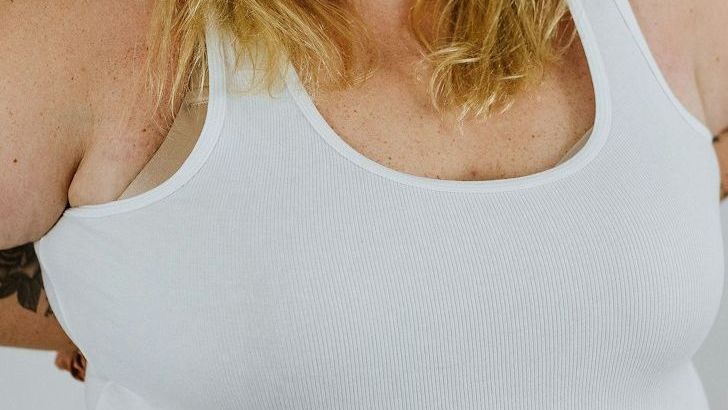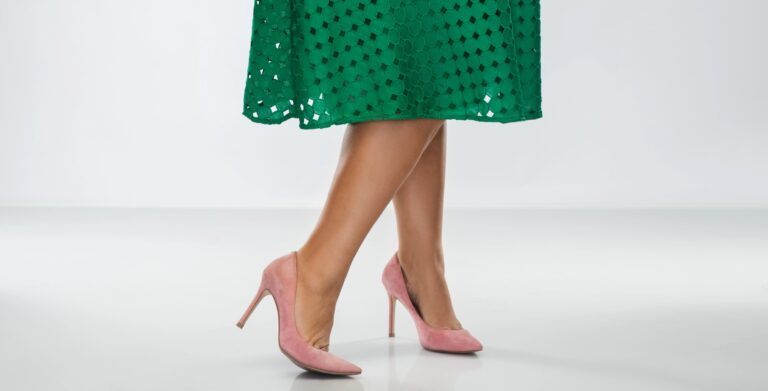The Numbers Don’t Lie: A Shocking Reality
The fashion industry’s relationship with body diversity is like a bad breakup – it keeps promising change but goes back to old habits. Recent data reveals that plus-size models (US 14+) made up just 0.8 percent of runway representation, while mid-size models (US 6-12) accounted for only 3.7 percent across 230 shows and presentations featuring 8,800 looks. If that sounds depressing, it is. For Spring/Summer 2025, despite 8,763 looks presented across 208 shows, a staggering 94.9 percent remained straight-size (US 0-4).
When the Peak Wasn’t Really a Peak
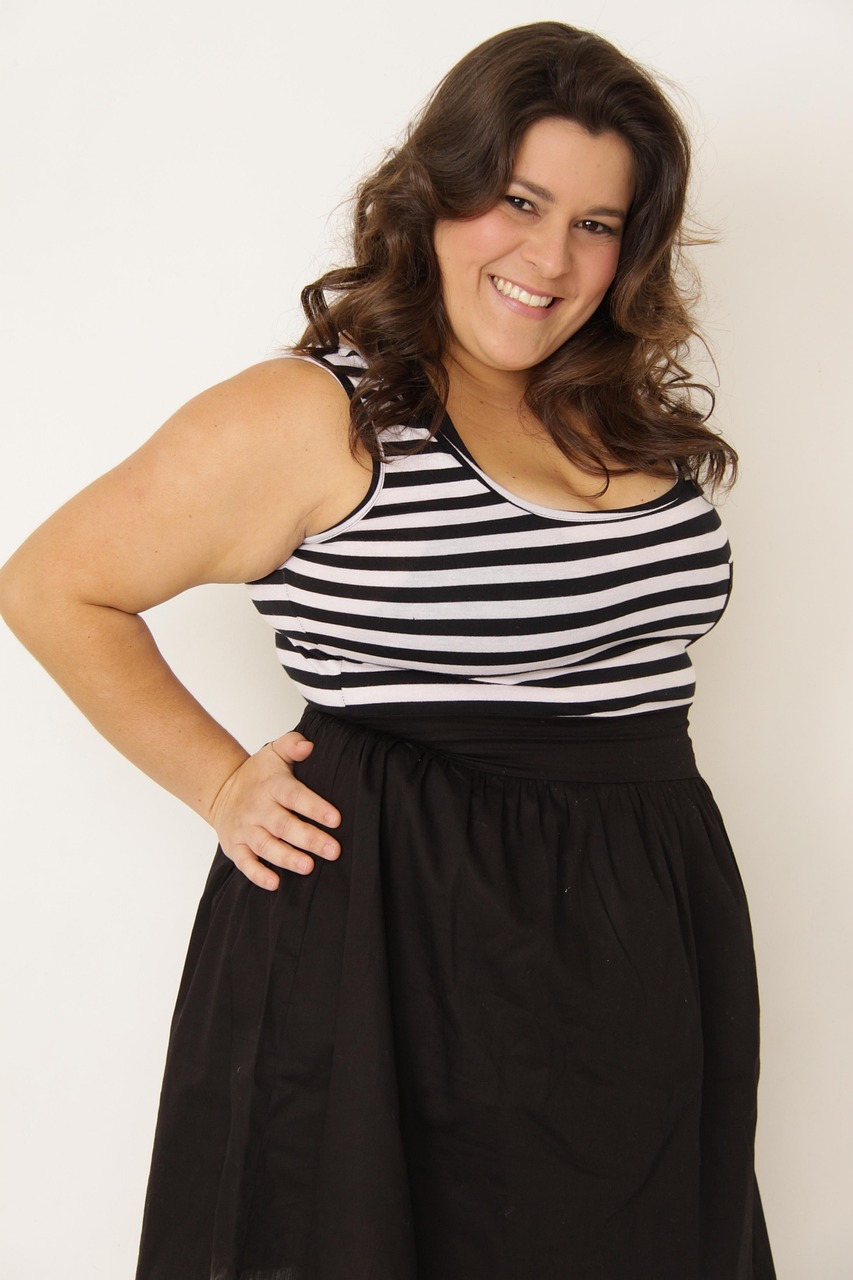
During the spring/summer 2020 season, 86 plus-size models walked runways across all four major cities, representing 2.8% of all models – considered a tremendous improvement at the time. That brief moment felt like progress, but it turns out fashion’s commitment to diversity was about as shallow as a puddle. After what appeared to be a brief uptick in body diversity, fashion’s brief dalliance with models above a UK8 and US4 was all but over, with just a handful of curve supermodels like Paloma Elsesser carrying the weight of representation.
London Leads While Paris Lags
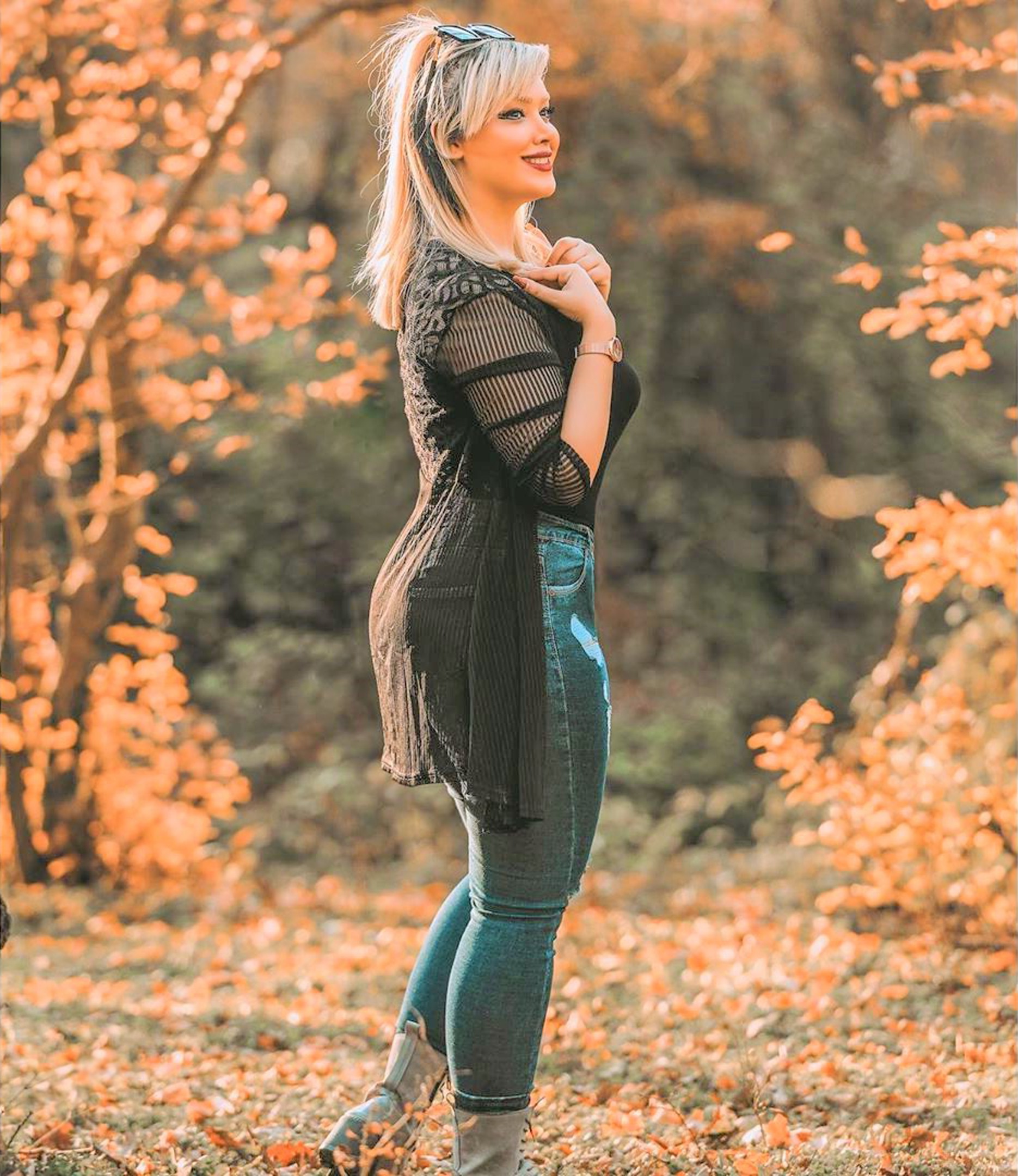
Geography apparently matters when it comes to body acceptance on runways. London topped the charts with 12 percent plus and mid-size models on runways, bolstered by designers like Sinéad O’Dwyer, who has long committed to working with models of different abilities, gender expression, and size. Meanwhile, Paris Fashion Week ranked worst, with just 28 curve models walking out of 4,000 total appearances. The contrast is striking – like comparing a warm hug to a cold shoulder.
The Supermodel Token System
Ashley Graham pioneered the plus-size model movement, while Paloma Elsesser, discovered by renowned makeup artist Pat McGrath, appeared on British Vogue’s cover along with Precious Lee and Jill Kortleve with the headline ‘The New Supers’. These women have become the go-to faces whenever brands want to appear inclusive. Just a handful of curve supermodels like Paloma Elsesser are carrying the weight of representation on their backs. It’s like having one friend represent your entire diverse friend group at every party – exhausting and unfair.
Breaking Through Iconic Barriers
Some moments in fashion history deserve recognition for their groundbreaking nature. Jill Kortleve became the first plus-size model to walk for Chanel since the French maison’s 2010 cruise show, making a splash in spring 2020 as a watershed moment for inclusive casting. Ashley Graham became the first plus-size model to appear on the cover of Sports Illustrated Swimsuit Issue in 2016, breaking barriers and opening doors for more size-inclusive representation. These weren’t just modeling gigs – they were statements that beauty comes in all sizes.
The Ozempic Effect on Runways
The body positivity movement has lost steam in mainstream culture as the pendulum has swung back to the glamorisation of thinness, amid the rising use of Ozempic and the subsequent shrinking of celebrities and influencers, and this showed up on the Spring/Summer 2025 runways. Weight-loss drugs have created a cultural shift that’s impossible to ignore. The rise of GLP-1s like Ozempic has brought pop culture screeching back to the standards of thinness that dominated the early 2000s.
When Brands Talk the Talk But Don’t Walk the Walk
Major labels like Valentino, Balenciaga, and Gucci, which in recent seasons had begun adding plus and mid-size models to their runways, reverted back to historic norms with 100 percent straight-sized models walking. It’s like promising your friend you’ll call and then ghosting them completely. Even when designers proclaim to champion curves or women in general, Hermès was the only Paris Fashion Week participant to include a plus-size model on the runway. The hypocrisy is almost laughable if it weren’t so damaging.
Rising Stars Making Their Mark
Alva Claire, dubbed the ‘model of the moment,’ first made her runway debut in 2019 alongside Cara Delevingne and Bella and Gigi Hadid for Rihanna’s Savage x Fenty show and was nominated by the British Fashion Council for Model of the Year 2024. Precious Lee made history as one of the first Black plus-size models to walk for major brands during New York Fashion Week and has walked the runway for major fashion houses like Versace, Fendi, and Balmain. These women aren’t just models – they’re trailblazers reshaping an entire industry.
The Business Case for Inclusion
Size diversity isn’t just good for culture, it’s good for business, as consumers, especially Gen Z and Millennials, are demanding authenticity and turning toward brands that reflect real bodies in their marketing. Smart brands are listening. Legacy labels like Coach and Boss have been reliably integrating plus-size inclusion into their shows, while a rising crop of designers dedicate their collections to fitting bigger bodies. Money talks, and diverse representation is starting to speak its language.
Global Perspectives on Body Diversity
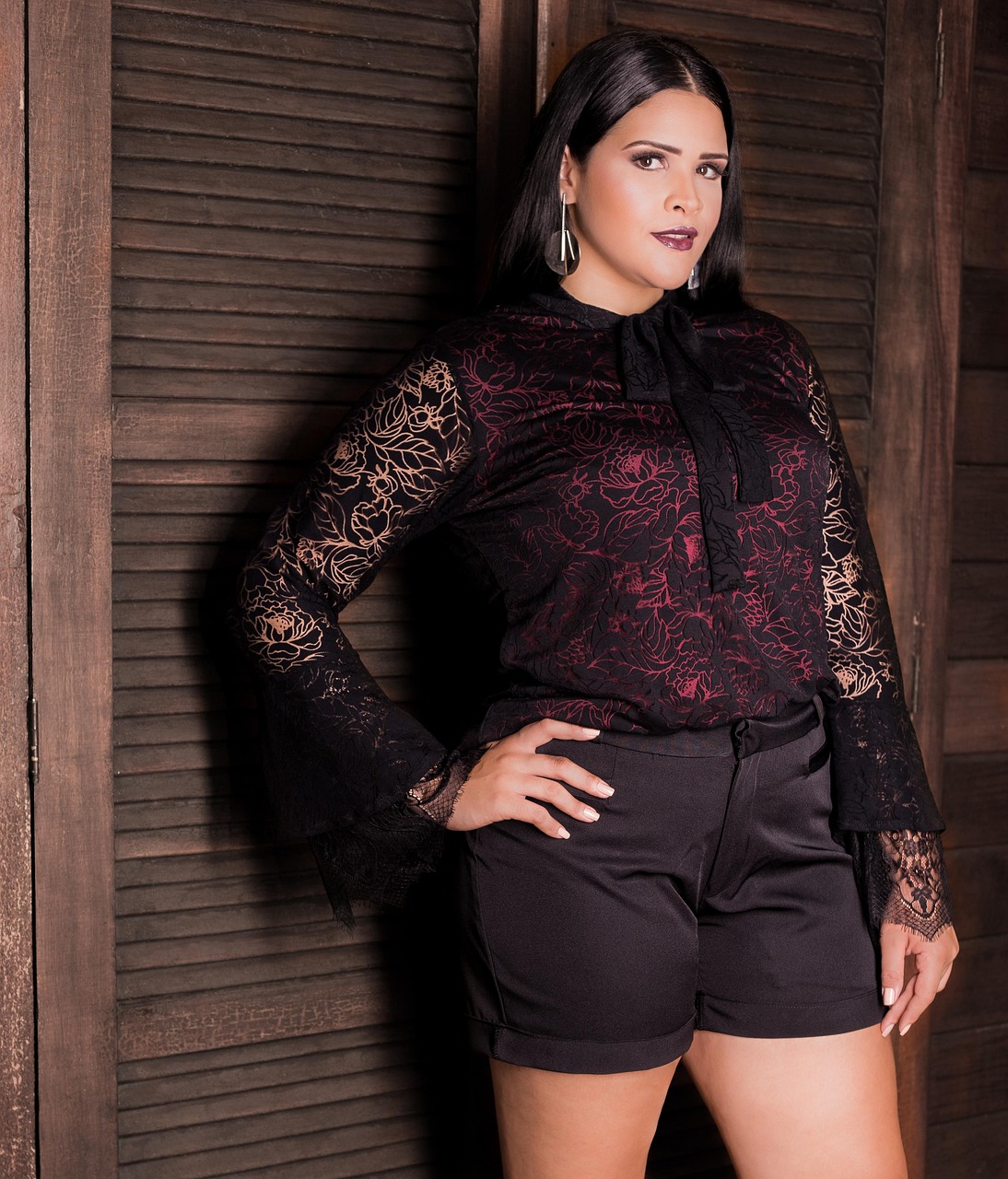
Korean plus-sized models are breaking barriers and redefining beauty standards in the fashion industry, proving that plus-sized models can be just as successful as their straight-sized counterparts while inspiring others to embrace their unique beauty. The movement isn’t limited to Western markets. Korean plus-sized models have gained significant traction on the global stage, joining international campaigns and being featured in global fashion weeks, with their inclusion in campaigns by major global brands signifying an important shift in commercial and cultural landscapes.




